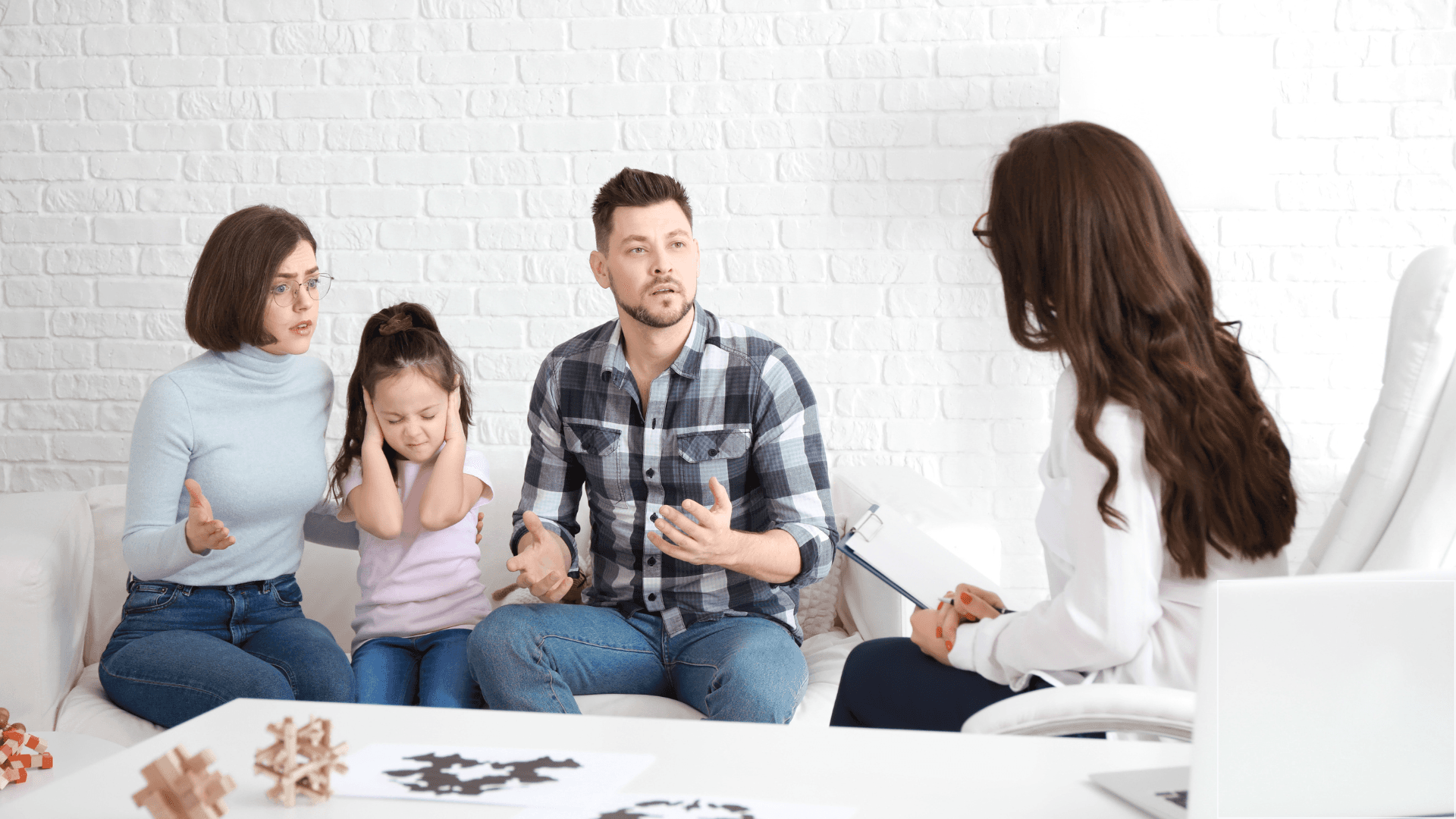
Helping parents help their anxious children
20 October 2025

No doubt there are already some concerns in households around Australia about the social media ban that comes into law on 10 December 2025. Parents and teens are probably wondering how this will work and what the impact will be.
The government has taken steps to restrict young people under the age of 16 from social media because of concerns about the impact on teens’ mental health and the impact of long hours spent online.
A disruption of this sort where older children and teenagers who may have been spending hours of their day on social media are now suddenly not able to access these apps, will surely take some time to get used to.
So, we shouldn’t be surprised if we see more stress, more anxiety and more disruptive behaviour among some tweens and teens during the first 6 months of 2026.
When any system changes, it will take some time for the various components of the system to adjust to a new pattern. In a family, the period of adjustment might look like complaining young people and heightened household tension.
Before the ban comes into place, parents should take some time to sit with their children and discuss how they are feeling about the looming social media ban. Parents can explain why the government has taken the action and point out that once young people are 16, they will be able to access these social media platforms. In the meantime, young people will learn skills to manage some of the pressures that come with social media use.
Listening to teens about their concerns is also important. For many of them, they will be concerned about not being able to connect as easily with their friends and about possibly missing out. Parents can suggest alternate ways for young people to connect, for instance by online games. Young people will still have access to messaging apps and they will still be able to access material that is open to the public and does not require an account, like certain public pages on Facebook or general Youtube videos.
As well, parents can point out some of the benefits of a social media ban:
Less online bullying behaviour,
Less exposure to misinformation,
Less encouragement of risky behaviour, like eating disorders, dangerous pranks,
Less exposure to the promotion of misogyny and extremist behaviour.
It will also be helpful for parents to join with other parents to support each other through this time of transition. They can exchange ideas about how to help their young people develop new ways of connecting.
Some of them may also have to deal with their children’s distress at not being able to use the apps they had previously. Parents can acknowledge that adjusting to new ways can be difficult but also listen to their child’s feelings. Listening and acknowledging your child can desescalate heightened emotion and then, once your child is calmer you can help them problem solve. If their concern is around connection with friends, look at other ways this can happen.
In early 2026, it’s going to be difficult for some parents not to collude with their child’s wish to reinstate a pattern of social media usage. Parents will need to show courage. And they will also need to establish new family patterns and ways to help their children connect with friends and spend their leisure time. There is no getting around it, the addictive design features of social media platforms have hacked some children’s normal developmental activities.
Parents need to remember that adjusting takes time.
So, what’s on the other side of this ban? You may well ask. A lot of countries are watching Australia to see how this ban plays out.
My optimistic view is that around family dinner tables and in playgrounds it will look like more meaningful contact between parents and children, teachers and students and between young people; this could be more face to face conversations, more eye contact and more in person meet-ups with their peers. If the time consumed by social media is freed up, there might be more sport played, more walks taken, more time for daydreaming and more time spent on family activities. Dare I say, there might be more time for a child to be bored, which could lead to greater creativity.
Of course, it is hoped that the social media ban will also result in improvements in the mental health of children and young people. We know that reduced social media usage in tweens is associated with better mental health outcomes. The Facebook whistleblower, Frances Haugen, alerted us to this outcome years ago. https://www.youtube.com/watch?v=MuCt6Y56t3M
Parents need to be aware that there are resources they can use to help smooth this transition. Websites like headspace have information and tips for teens. The eSafety commissioner’s website has information and ideas about how to prepare for the ban. qoria.com also has some good advice to parents about auditing existing accounts and exploring alternative platforms. Some psychologists are offering parents help with setting digital boundaries and modelling appropriate behaviour.
Changes to systems can be challenging, but parents can help their tweens and teens navigate this by being prepared themselves and then helping their children understand the limitations as well as the possibilities of this change.

Michael Hawton is a psychologist, former teacher, author, and the founder of Parentshop. He specialises in providing education and resources for parents and industry professionals working with children. His books on child behaviour management include The Anxiety Coach, Talk Less Listen More, and Engaging Adolescents.
Get the latest parenting insights delivered to your inbox.